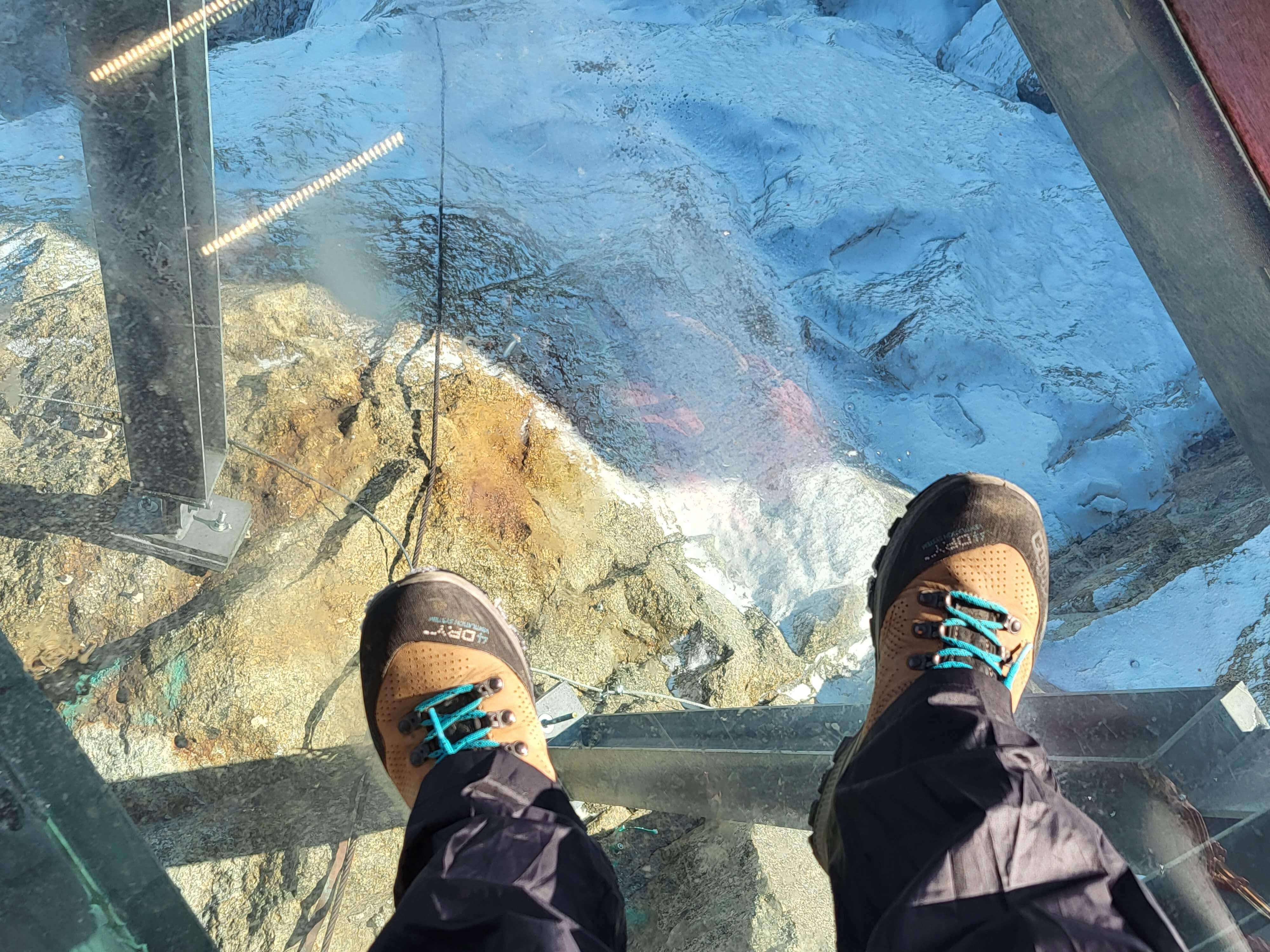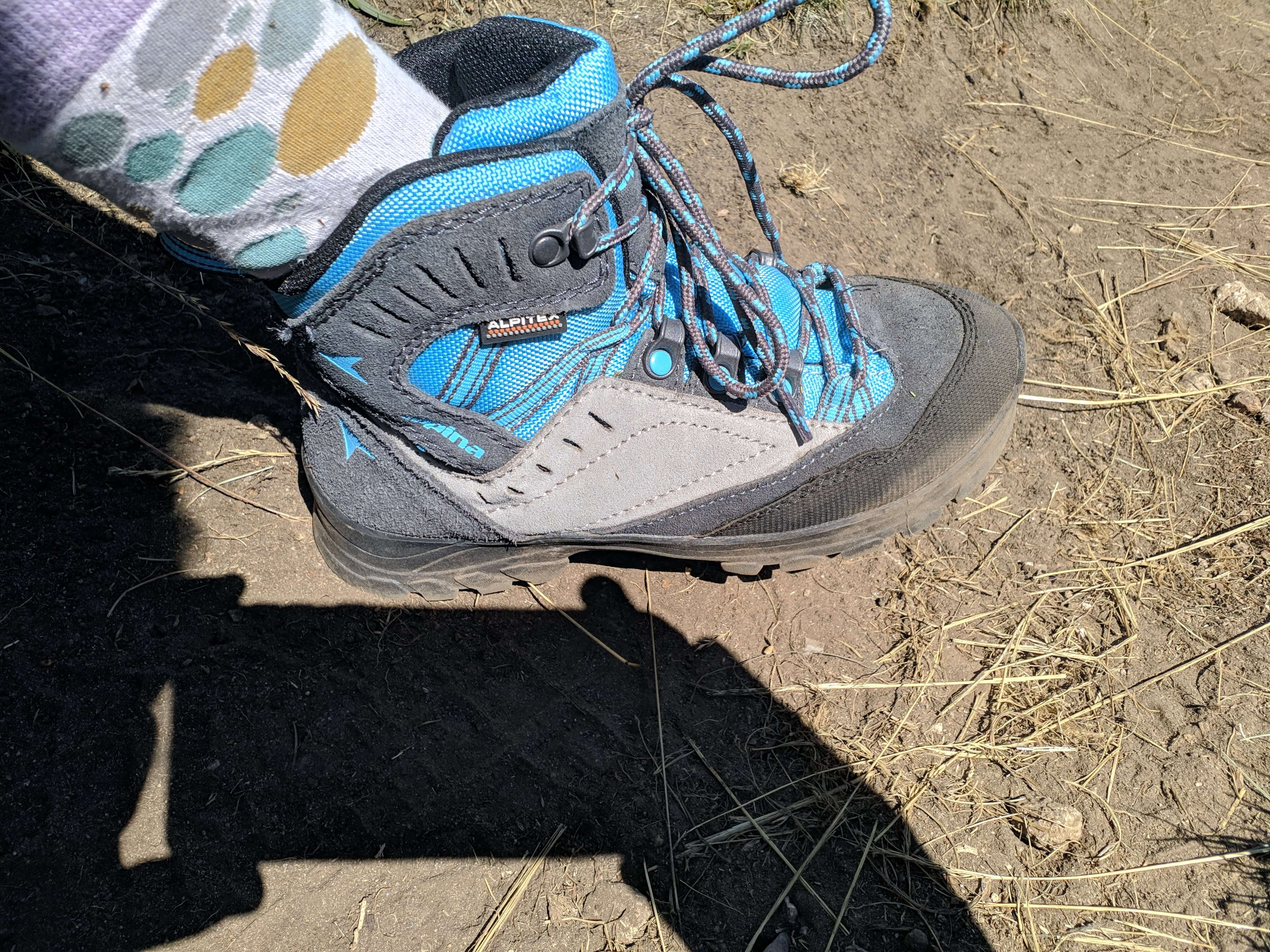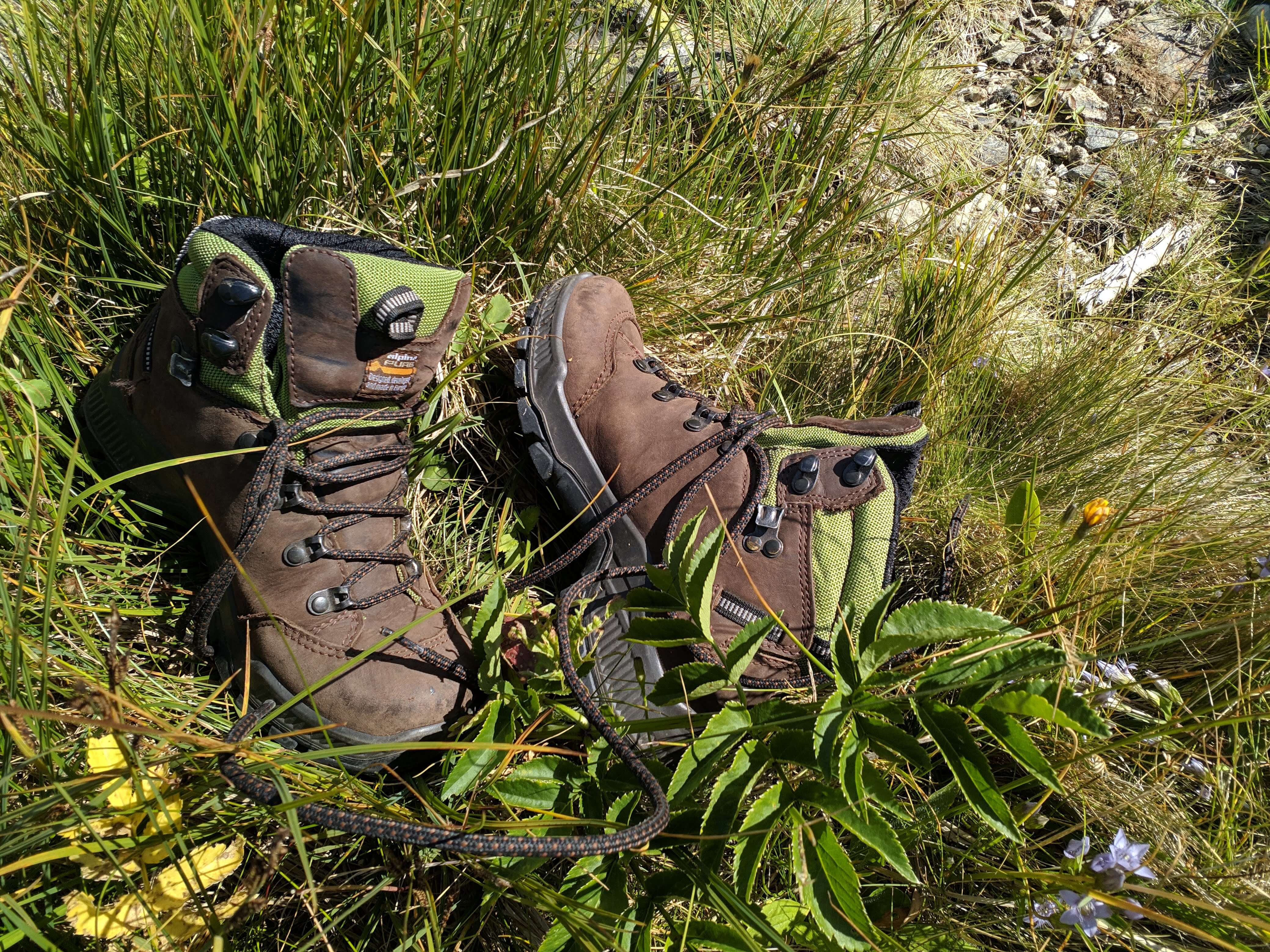How to clean and maintain hiking shoes properly?
Hiking boots are the foundation of any mountain adventure. Not only your comfort depends on them, but also your safety during long hikes, uneven paths and wet terrain. Therefore, taking care of them is not a matter of aesthetics, but of durability, functionality and health for your feet.

Why is it important to clean and maintain hiking boots?
With regular maintenance, you achieve:
1. Extending the life of hiking boots
Moisture, mud and sand are natural enemies of hiking boots. They accelerate the wear of leather, glues and seams, but if you clean them regularly, you will significantly extend their service life.
2. Maintaining functional qualities
Shoes with membranes, such as GORE-TEX or other waterproof layers, lose effectiveness when dirty and improperly cleaned. Proper maintenance is key to maintaining their waterproofness and breathability.
3. Hygiene and comfort
The accumulation of sweat, dirt and bacteria can lead to unpleasant odors and even infections on the feet. On the other hand, clean hiking shoes mean healthy feet.
Even with a light hike, dirt begins to affect the material. Regular cleaning after each outing is the best prevention of future problems.
4. Cleaning and caring for hiking shoes
The right approach ensures that the shoes will retain their qualities and serve you faithfully on each subsequent adventure, so let's understand how to clean them step by step:
5. Removing coarse dirt
Before cleaning, remove the laces and insoles. Then brush the outside of the shoe to remove mud, sand and dust. Avoid hard brushes that can scratch or damage the material - especially with leather and membranes. Then move on to the soles and clean them with an old toothbrush or a thin object that can remove accumulated dirt in the grips.

2. Basic cleaning according to the material
leather – use special leather cleaners;
synthetics – you can clean them with a solution of lukewarm water and neutral soap, cleaning the surface lightly with a soft brush;
membrane (e.g. GORE-TEX) – do not use oily detergents, but instead choose a spray or liquid cleaning product suitable for membranes.
Drying and storage
Dry the shoes naturally. Do not use a hair dryer, radiator or direct sunlight, but leave them in a ventilated place and fill them with paper to maintain their shape. Store them only when completely dry and in ventilated cotton bags.

1. Impregnation
After each basic cleaning, apply an impregnation agent – it creates a protective layer against water, mud and dust. Do not overdo it – excess product can clog the pores of the material.
Proper cleaning and protection of shoes significantly extends their life and maintains their effectiveness.
2. What should you not miss?
Once you have mastered the correct cleaning and impregnation, it is time for long-term care. Hiking shoes are equipment that deserves attention not only after each outing, but also between seasons, in case of damage or intensive use:
3. Check after each use
After cleaning them, pay attention to:
- what is the condition of the seams;
- whether the sole is healthy, or is there wear and tear and peeling;
- whether there are broken laces or damaged hooks.
Seasonal prevention
- spring and autumn – clean thoroughly, impregnate them and, if necessary, replace the insoles;
- winter – remove salt immediately, because it destroys the material;
- summer – air your shoes regularly, as bacteria multiply more quickly in hot weather.

Suitable conditions for long-term storage
- avoid damp or excessively warm rooms;
- keep out of direct sunlight.
- To keep your hiking boots in shape, stuff them with paper when you don’t use them for a long time.
- When is it time for repair and replacement?

In some cases, even the best cleaning is not enough, and it is time for repair or replacement:
1. Replacing the sole
If the sole is worn out, you can have it replaced by a specialist shoemaker. This extends the life of the shoe by years.
2. Repairing seams or gluing
Small tears or splits can be repaired with suitable glue or by having a specialist sew them. Never leave such damage untreated – moisture quickly penetrates them and damages the entire structure.
3. Replacing Laces and Insoles
Insoles wear out the fastest, so replace them regularly and whenever you feel they are no longer comfortable. Don't forget to replace the laces if they stretch, fray, or break.
All of this will allow you to keep your hiking boots healthy for as long as possible.
Regular and proper maintenance of your hiking boots doesn't take much time, but it has a huge impact. It preserves not only your investment, but also the quality of every experience you have in the great outdoors. So take good care of them and they will bring you many more successful adventures and summits.